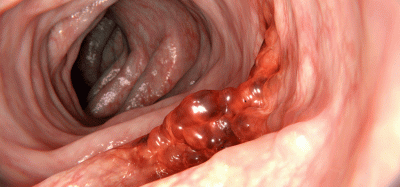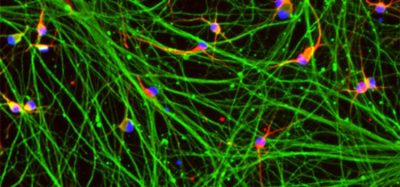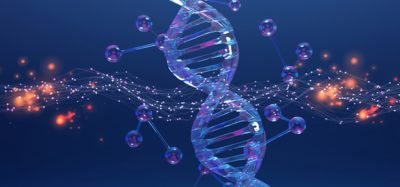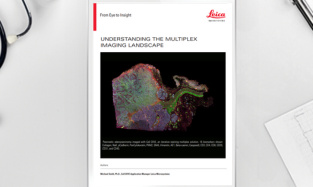Scientists eliminate key Alzheimer’s feature in animal model
Posted: 1 November 2021 | Anna Begley (Drug Target Review) | No comments yet
Turning off NHE6 in mice in pre-clinical studies prevented amyloid beta aggregation, a key feature of Alzheimer’s disease, pointing to new therapies.
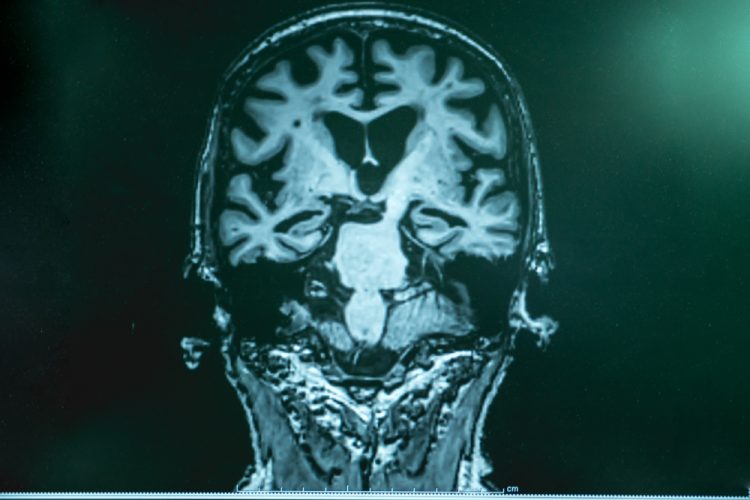
A team at the University of Texas Southwestern, US, have discovered that changing the biochemistry of parts of brain cells abolished the formation of amyloid beta plaques in a mouse model of Alzheimer’s disease, potentially leading to treatments that prevent the condition in humans.
NEWS: Chemotherapy drug reverses Alzheimer’s symptoms in mice – READ HERE
Although the causes of the disease are not well defined, scientists have long known that the most significant genetic risk factor for late-onset Alzheimer’s is apolipoprotein E4 (ApoE4), one of three variants of a protein involved in fat metabolism in mammals. In humans, having the ApoE4 variant reduces the average age of Alzheimer’s onset by several years compared with having the most common variant, ApoE3, while rarer ApoE2 appears to have a protective effect against this disease.
Compared with ApoE2, ApoE3 contains one amino acid substitution, resulting in that protein having a more positive charge. The ApoE4 variant contains two amino acid substitutions, resulting in the highest positive charge of the three forms of ApoE protein. The mechanism by which these differences affect late-onset Alzheimer’s risk has been unknown.
In their study, published in eLife, the team focused on early endosomes. Previous research had shown that early endosomes are enlarged in people and animals with ApoE4, compared with those who carried the other two ApoE variants.
Using genetically modified mice that model Alzheimer’s disease and produce the human forms of ApoE4 and amyloid beta, the researchers showed that the positive charges on ApoE4 caused this protein to clump inside early endosomes because the charge of ApoE4 matches that of the environment inside endosomes. This clumping prevents these organelles from continuing their journey through the cell to transport, recycle or help dispose of other proteins, including amyloid beta.
However, when the researchers used a genetic technique to turn off a gene called NHE6 in brain cells, they found that the negative effects of ApoE4 were eliminated and the protein was transported through the cell without impediment. NHE6 produces a protein that acts as a pH regulator for endosomes, exchanging acidic protons for sodium ions. When the researchers shut off the NHE6 gene, removing its protein from the cell, the early endosomes quickly became more acidic and that biochemical change seemed to prevent amyloid beta aggregation.
ARTICLE: An integrated vaccination approach to neurodegeneration
“Inhibiting NHE6 produced the same protective effect as having ApoE2, an effect we hope can eventually be replicated using pharmaceuticals,” concluded co-lead author Connie Wong. The team plans to continue to study this mechanism and how to inhibit NHE6 in future Alzheimer’s studies.
Related topics
Drug Targets, Genetic Analysis, Genomics, In Vivo, Neurosciences, Protein, Small Molecules, Therapeutics
Related conditions
Alzheimer's disease (AD)
Related organisations
University of Texas Southwestern (UT Southwestern)
Related people
Connie Wong




